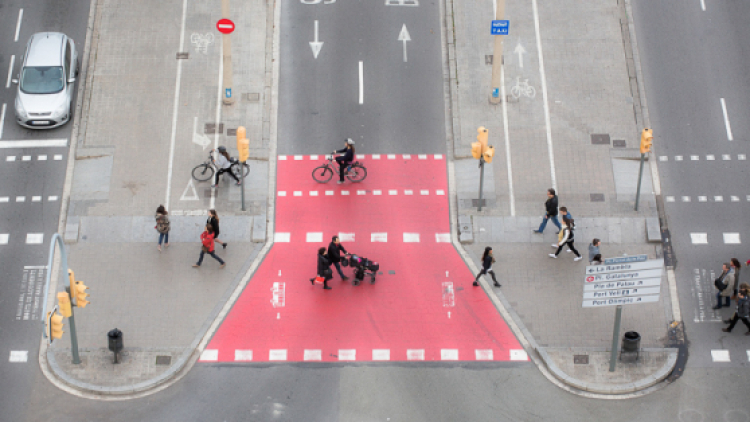Safe mobility
Everyone has the right to move around the city. And to do so safely as well. Which is why programmes, initiatives and actions are being launched in Barcelona to ensure road safety and safe mobility in each and every one of the city’s neighbourhoods.
With improvements in the infrastructure for every means of travel, especially in their increasingly majority collective and sustainable modes, and which have less space for traffic compared to traditionally predominant private vehicles. But with measures for protecting more vulnerable users (cyclists, motorcyclists and pedestrians) with coexistence and safety regulations for looking after oneself and other users. And, above all, with a city conception that puts special emphasis on vulnerable collectives and which promotes active and health mobility for everyone.
Acting on the various factors involved in road safety to reduce accident rates to zero as a priority goal is one of the main principles of the mobility model proposed under the 2013-2018 Barcelona Urban Mobility Plan (PMU).
In Barcelona we take care of the quality and comfort of urban public spaces. But remember that you can contribute to safer travel as well, for yourself and the other people who use the public space.
Safe mobility in Barcelona
You might be interested in...
81%
of the vehicles involved in road accidents are cars, vans, motorbikes or mopeds

